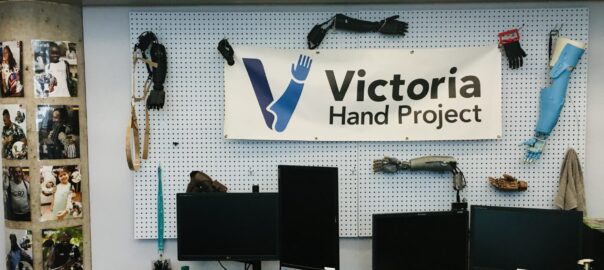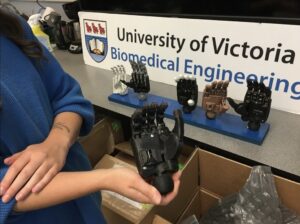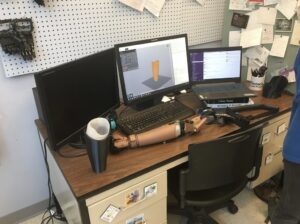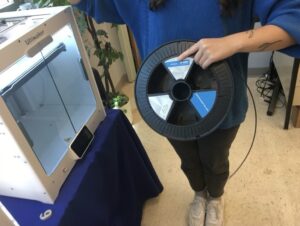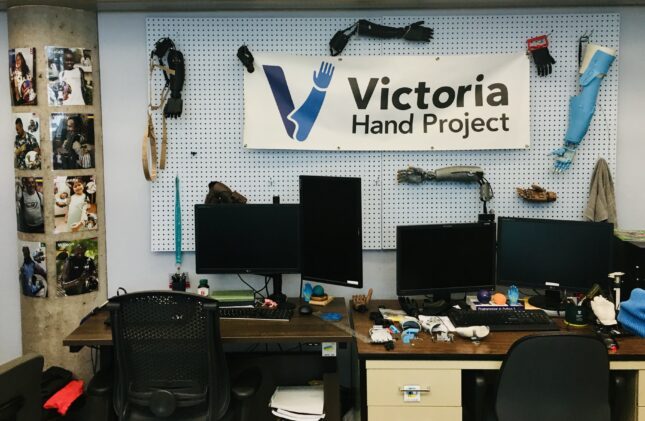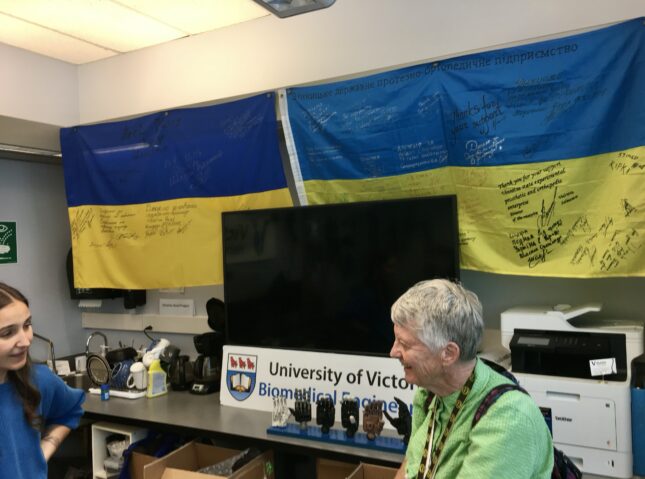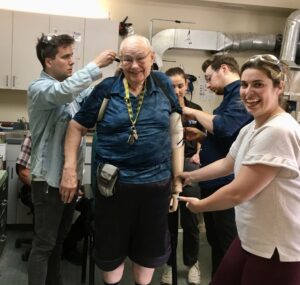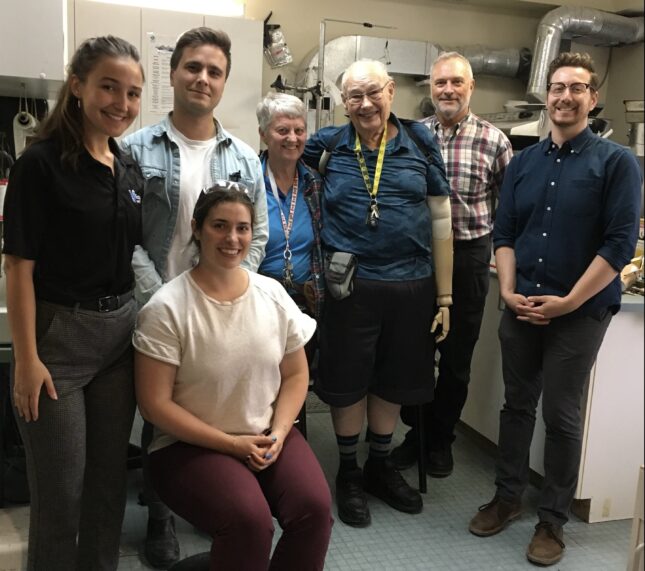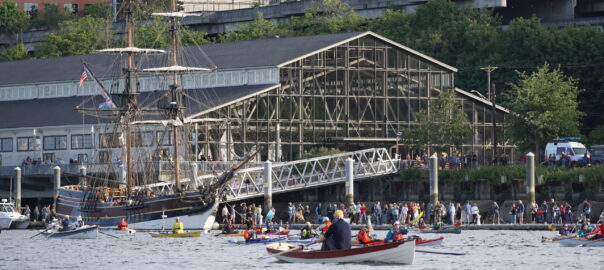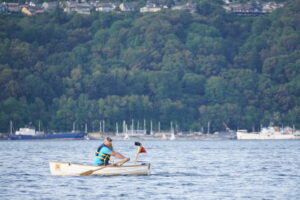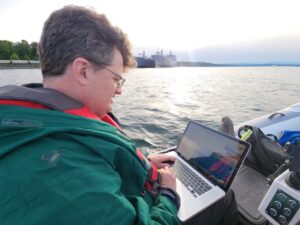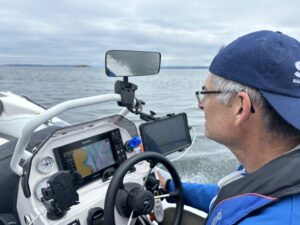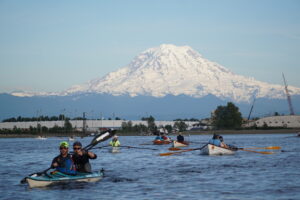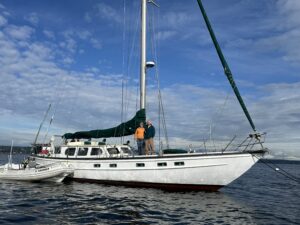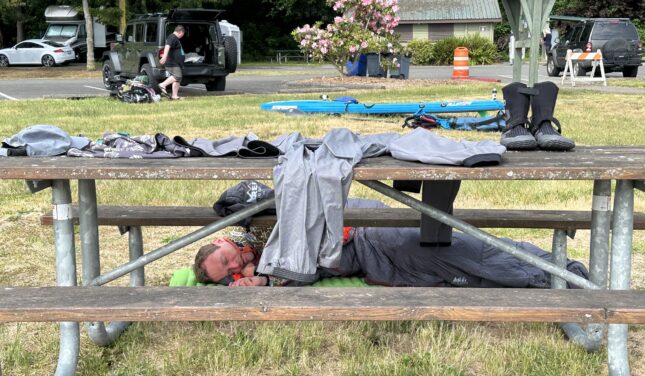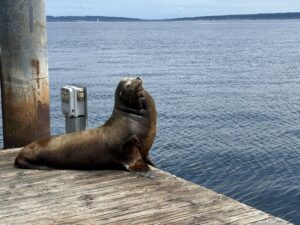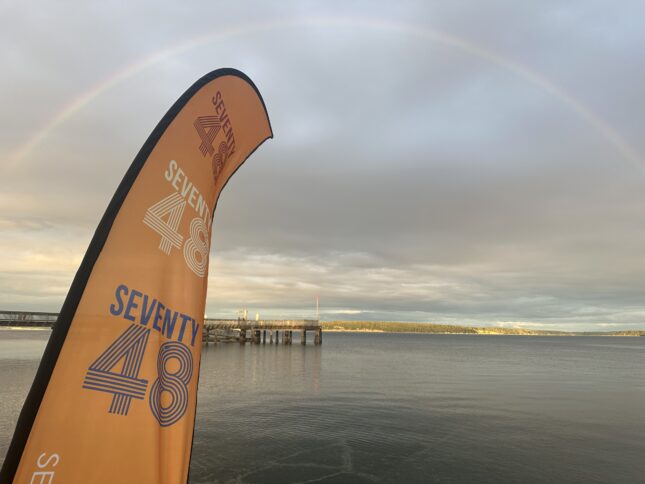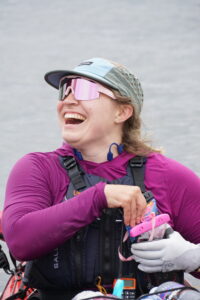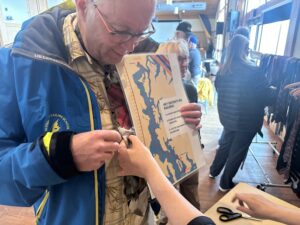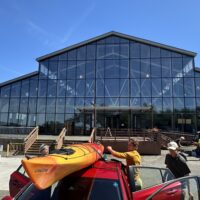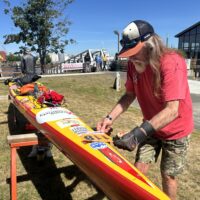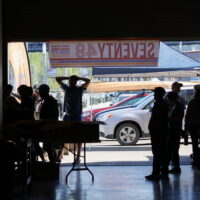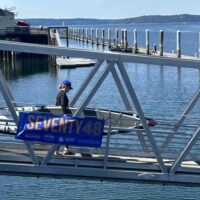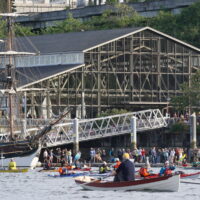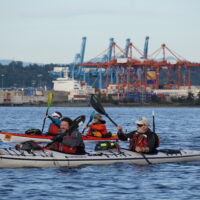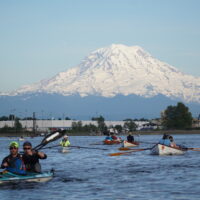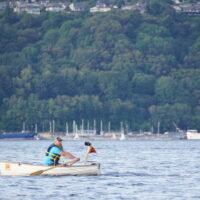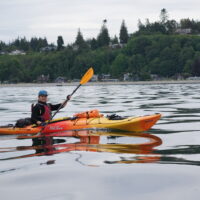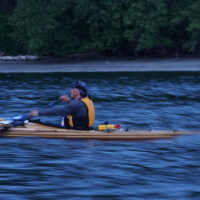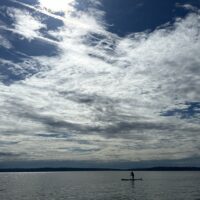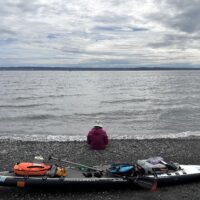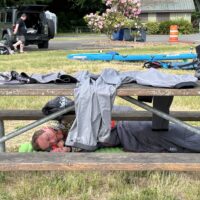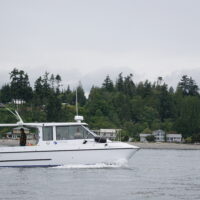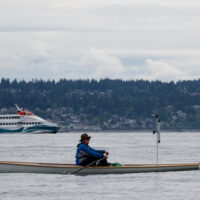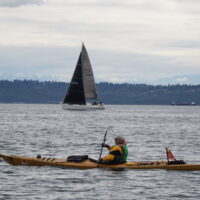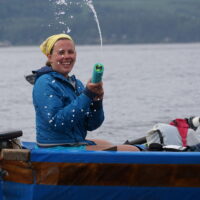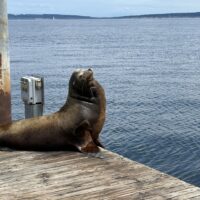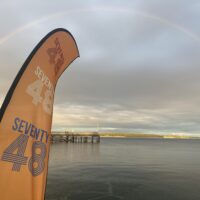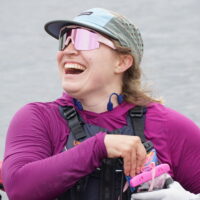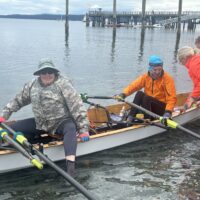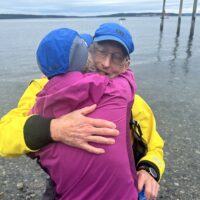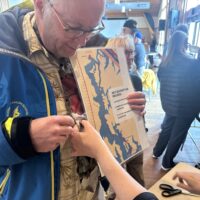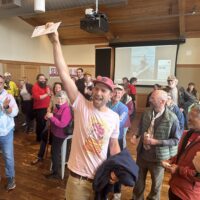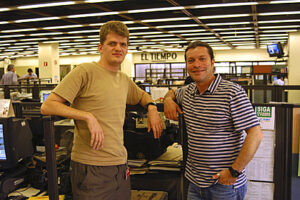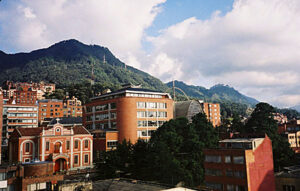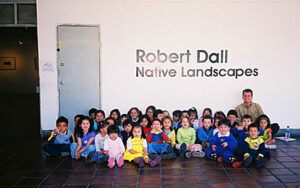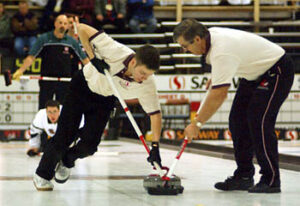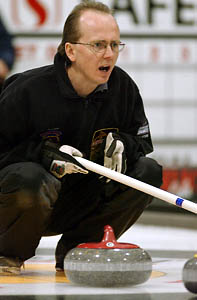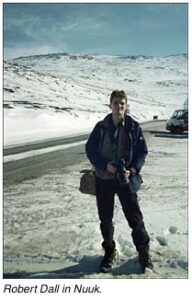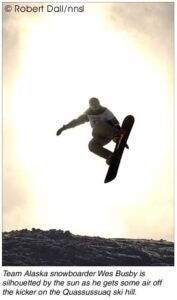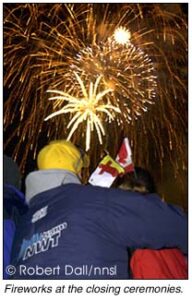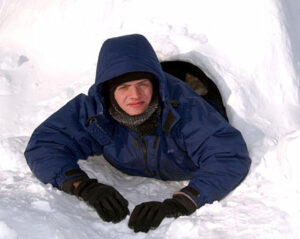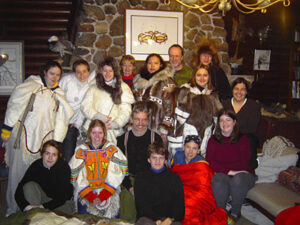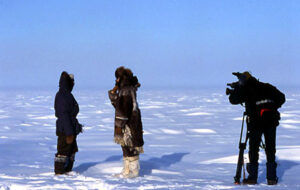Below is a personal anecdotal experience with Neo Financial. I am writing this as I have realized that NEO Financial is a unregulated financial services company that skirted Canada’s highly regulated banking industry and is under no direct supervision.
~~~
In 2010, I signed up for an HBC Mastercard, issued by Capital One, as a backup independent of my bank. I used it occasionally to keep it active.
In 2021, The Bay switched to Neo Financial, a Canadian FinTech company. Intrigued by their modern slick web interface, I gave it a try. They offered a 2.5% savings account, so I moved my emergency fund into a Neo Money Account through Concentra Credit Union, a CDIC member with a dedicated account number.
Later, I switched to their 4% High-Interest E-Savings account (Through the Peoples Bank of Canada another CDIC member bank). Neo expanded into investing and mortgages, though I only used their credit and savings services. I might have contacted customer service once in three years.
Then, on May 2, 2024, I had a question about my April interest—it didn’t seem right.
I phoned support on three separate occasions everyone understood the issue and no one had a proper answer or explanation for me. It was always I had to submit your request to another department which I couldn’t speak to and they would get back to me. No one ever did.
The email addresses I had used previously to contact support were bounced back. The letter mailed their head office location was not replied to.
By the end of May 2024 I was completely fed up with the lack of response, I had decided to withdraw all my funds. It then took me an hour on the phone to close my account. In short, it was the worst customer service experience I have ever had with a financial company in my life. I felt lucky that I didn’t have any major issues and got all my money out.
(I later found out from an actual bank what happened which was quite minor and easy explainable, but no one at NEO Financial could do this given multiple chances over the course of a month)
Financial Institutions deal in two products. Currency and Trust and I had lost all Trust in NEO Financial.
My former journalist mind then switched to:
How could a financial technology company (fintech) operate in Canada like a bank?
Who regulates them?

I found out those are not easy answers to find.
When I looked for Neo Financial in the Office of the Superintendent of Financial Institutions ( OSFI ) Neo Financial won’t be listed, As it’s not a bank. It’s not regulated by the OSFI.
When I contacted the OSFI in July 2024 and asked who regulates Neo Financial I received this reply:
Neo Financial is not a federally regulated financial institution and does not fall under OSFI’s jurisdiction.
Depending on the business model, a financial institution in Canada may need to be registered at the provincial or federal level. Every province and territory in Canada has one or more bodies to regulate financial institutions under provincial responsibility. These institutions include securities dealers, credit unions and caisses populaires, as well as other financial institutions that are registered or incorporated at the provincial level.
Since Neo Financial is located in Alberta, we recommend that you contact the applicable provincial regulator, the Alberta Treasury Board and Finance, for possible assistance.
So I then emailed the Alberta Treasury Board and Finance Ministry in August 2024. The same questions and their reply surprised me:
Our office is only responsible for regulating and overseeing Alberta credit unions, Alberta loan and trust companies, and ATB Financial. This oversight does not extend to Neo Financial.
They go on to say:
Neo Financial is a Canadian fintech company that provides a range of banking products and services despite not being a traditional bank. This is achieved through a partnership model and specific regulatory frameworks.
Since Neo Financial falls under the Business Corporations Act, Service Alberta and Red Tape Reduction can be contacted to file a complaint.
If you look under the Ministry of Service Alberta and Red Tape Reduction “What we Investigate” Financial Technology Companies (FinTech) are not listed, however I got this email:
The circumstances you have described in your email (who regulates NEO Financial) appear to be related to the consumer protection legislation administered by the Consumer Investigations Unit.
The Consumer Investigations Unit accepts complaints via their online consumer complaint portal. To access and submit a complaint via the online consumer complaint portal you must first obtain a Complaint ID from the Service Alberta Contact Centre.
So if I wanted to file a complaint I would have to do that through the Consumer Investigations Unit of Service Alberta and Red Tape. But only if I have a problem.
After hours of research and emailing various government departments. Neo Financial isn’t regulated by any financial regulated body in Canada but if you have a problem you have to report it to non-financial provincial government agency that focuses on red tape.
In the June 27, 2024, Neo Financial Account Agreement It states:
If you are not Your complaint will be escalated to Neo’s Complaints Officer.
Or if you are not satisfied with the resolution provided by Neo you can escalate your complaint to Peoples Bank of Canada.
The People Bank is required to be a member of the Ombudsman for Banking Services in Canada and is regulated by the Office of the Superintendent of Financial Institutions.
This only apples to the People Bank of Canada. The OBSI is not responsible for Neo Financial and nor is the OSFI as they have stated above.
As someone from the Alberta Treasury Board and Finance said:
“If customers are dissatisfied with the services they receive, they are free to choose a different financial institution that better aligns with their needs.”
The above statement is quite true once I knew who I was really dealing with. I truly couldn’t leave their services fast enough. One thing that saved Canada from the 2007 Banking Crisis was our highly regulated banking industry. I hope we have our highly regulated banking industry for years to come. Otherwise, I see more Neo Financial in our future.
Who owns Neo Financial?
Who owns Neo Financial? The Founder of SkipTheDishes Chris Simair along with some others from that venture also started Neo Financial. They originally got backing from Peter Thiel via his Valar Ventures and the Chinese technology giant Tencent. But Neo Financial was not very forth coming about who was backing them according to the Globe and Mail.
Post Script
In March 2025 I had to get my T5 – Statement of Investment Income for my 2024 Taxes and since I had closed my account with Neo Financial I asked how they would get it to me. It took me three weeks of emails back and forth and then half an hour on the phone to confirm my identity because I wouldn’t become a customer of Neo again. According to the Canada Revenue Agency, it is up to the institution to get those documents to me, not the other way around.

